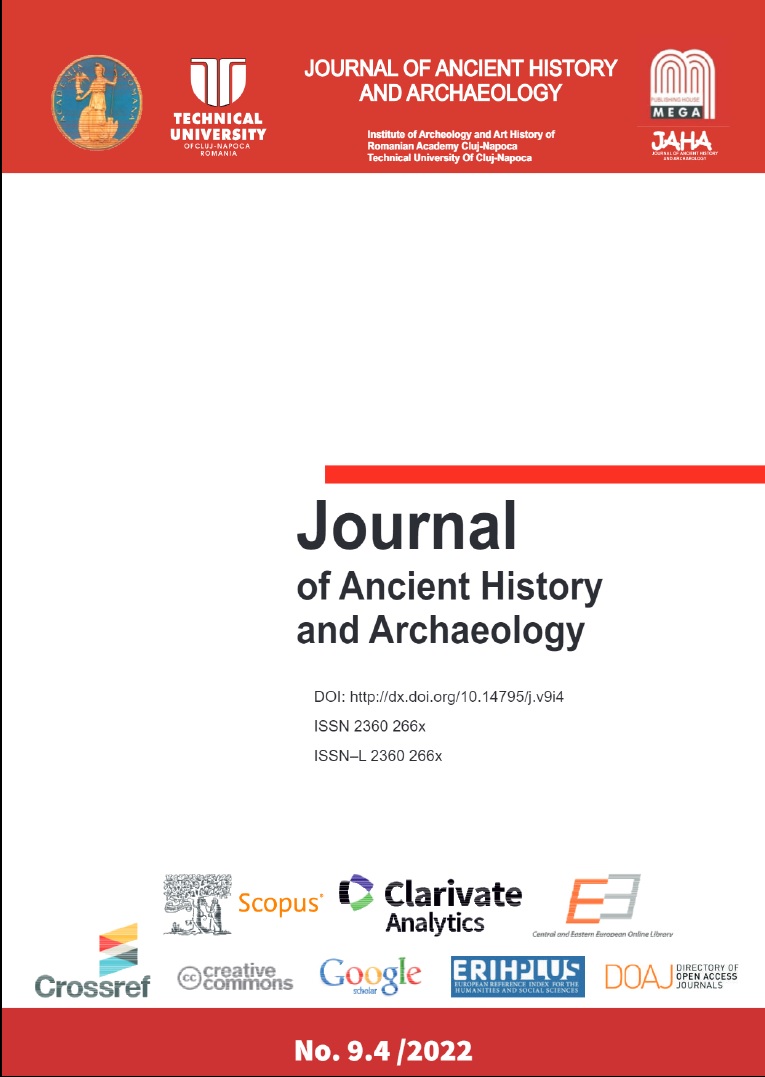NEW DATA ABOUT THE ”WHITE PAINTED POTTERY” CULTURAL HORIZON IN TRANSYLVANIA
NEW DATA ABOUT THE ”WHITE PAINTED POTTERY” CULTURAL HORIZON IN TRANSYLVANIA
Author(s): Marius Mihai Ciută, Anamaria TudorieSubject(s): History, Archaeology, Prehistory
Published by: Editura Mega Print SRL
Keywords: Mureș valley; Early Neolithic; Limba-Oarda de Jos site; white painted pottery analysis; typology; technology; statistics;
Summary/Abstract: The knowledge of the earliest Neolithic cultural horizon in Transylvania (Starčevo-Criș I-II phases or Precriș culture) took shape in the last 50 years, gradually, with the discovery of traces of habitation in various researched sites. Thus, to the already classical sites from Baciu-Gura Baciului and Ocna Sibiului –Triguri, researched in the 70-80s, are added those from Șeușa-La Cărarea Morii, Miercurea Sibiului-Petriș and Limba -Bordane, researched at the end of the 90s, and more recently, those from Cristian I, Miercurea Sibiului II-Valea Gârbovei. A common element of these first settlements is represented by the so called ”white-painted pottery”, present in a reduced proportions in the large mass of "red-ware" ceramics. The present study brings to the attention of specialists new materials - discovered in the recent rescue researches (2016-2017) - carried out within the archaeological site of Limba-Oarda de Jos (Site no. 6), which led to the identification of several inhabited complexes belonging to this cultural horizon. The typological analysis of the motifs painted in white, but also in black (!), come to outline more clearly the particularities of the community that lived on the banks of the Mureș, approx. 7500 years ago.
Journal: Journal of Ancient History and Archaeology
- Issue Year: 9/2022
- Issue No: 4
- Page Range: 81-90
- Page Count: 10
- Language: English

